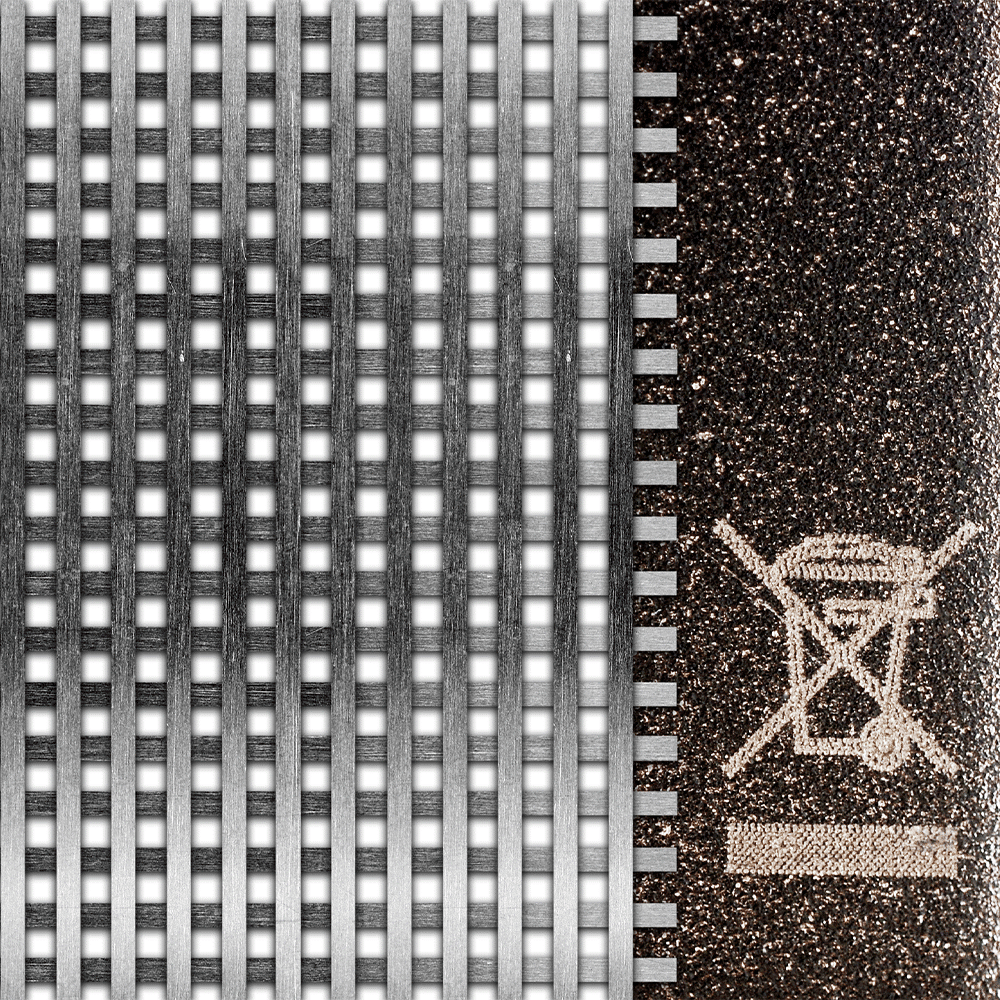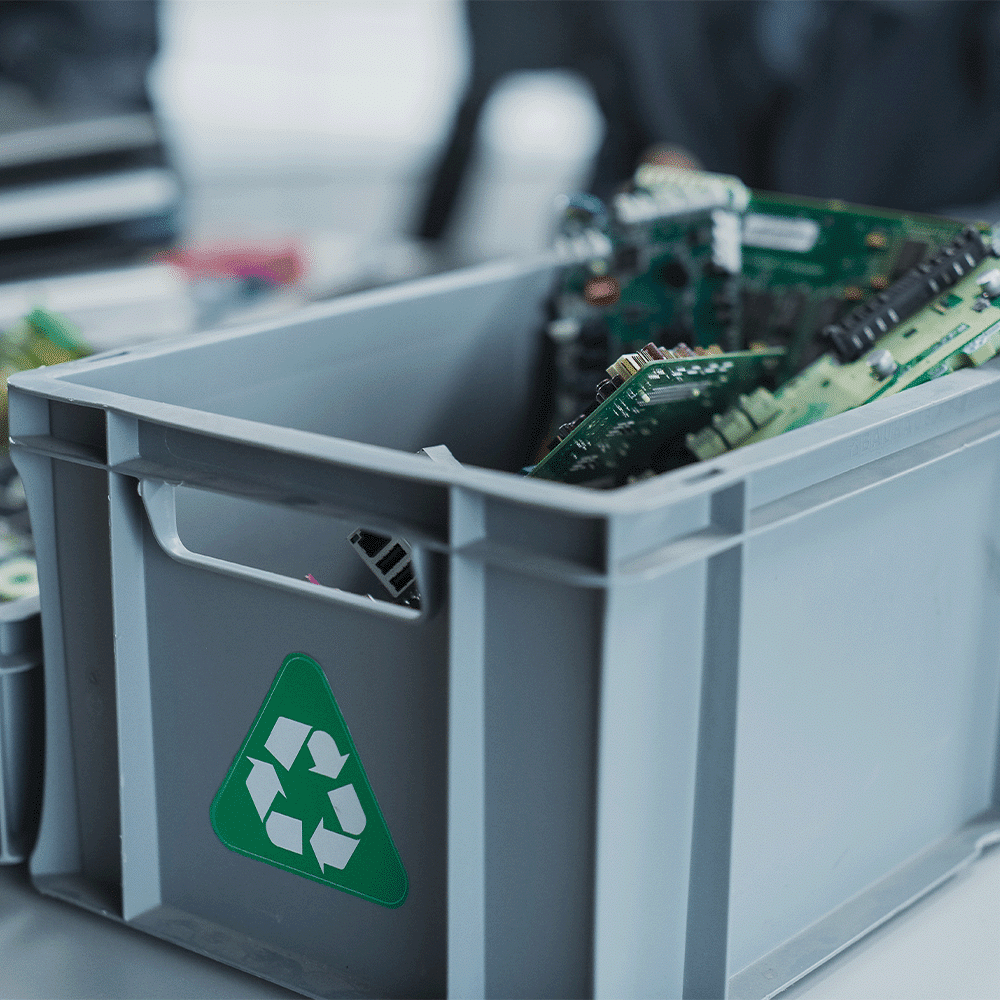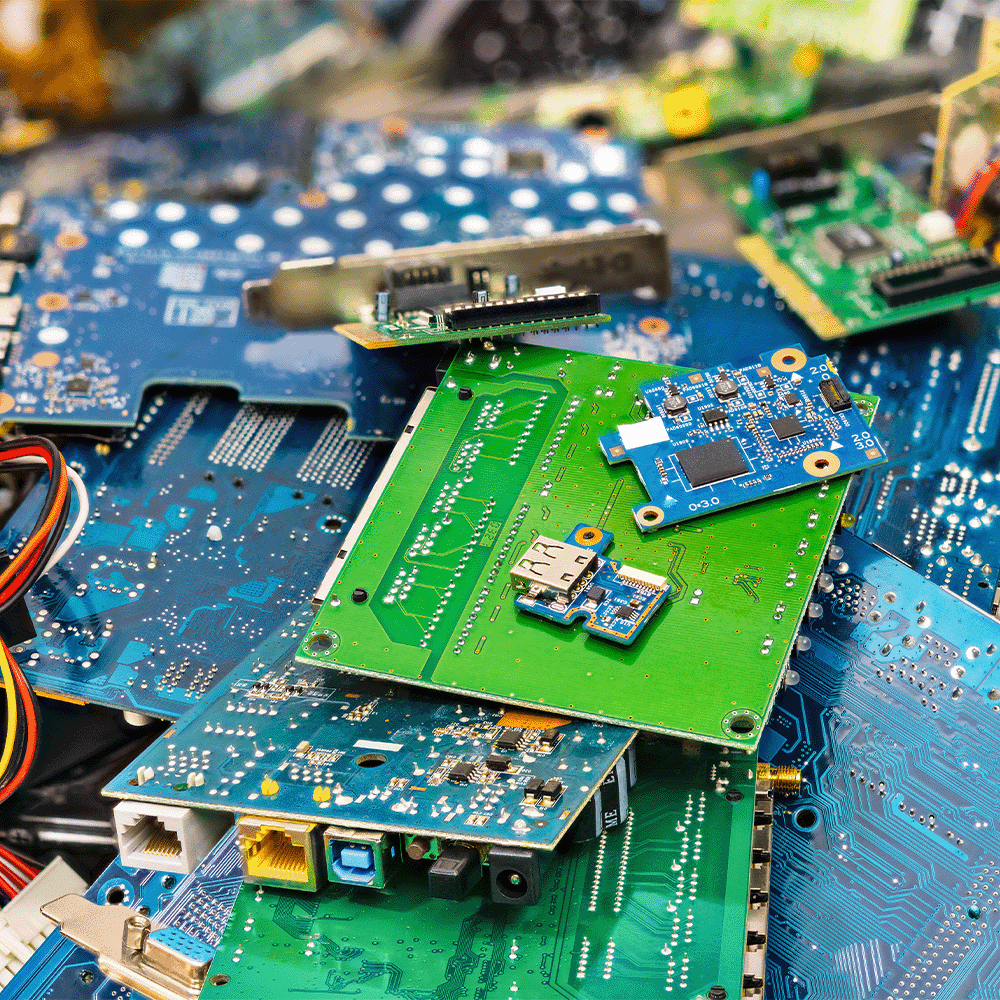Armoloy Accreditations
What is WEEE Compliance?
WEEE, which stands for “Waste Electrical and Electronic Equipment,” is a directive established by the European Union to reduce the environmental impact of electronic waste.
The regulation requires manufacturers, importers, and distributors to manage the end-of-life process for electrical and electronic equipment (EEE). This includes safe collection, recycling, treatment, and recovery of devices ranging from industrial controls to consumer electronics.
To comply, products must be labeled with the crossed-out wheelie bin symbol, and companies must register, report volumes sold, and finance take-back or recycling programs. Some U.S. states, such as California, have adopted similar rules for e-waste, making WEEE compliance increasingly relevant beyond the EU.
WEEE is often paired with RoHS compliance, which restricts hazardous substances in electronics to support safer recycling and recovery efforts.
At Armoloy, WEEE compliance supports our commitment to sustainable manufacturing. Our chrome plating solutions are engineered for longevity, durability, and recyclability, contributing to extended product lifecycles and responsible material recovery.

WEEE Compliance Objectives
WEEE compliance seeks to reduce the environmental impact of electrical and electronic equipmet (EEE) at the end of its lifecycle. Its core goals include:
- Reducing E-Waste: Preventing landfilling and illegal dumping of electrical and electronic equipement (EEE)
- Promoting Recycling and Reuse: Recovering valuable materials and extending the usable life of components.
- Encouraging Eco-Friendly Design: Supporting designs that are easier to disassemble, repair, and recycle.
- Advancing a Circular Economy: Closing th eloop on product life cycles to reduce resource depletion.
Armoloy contributes to these goals by providing long-lasting plating solutions that support product durability and end-of-life recyclability.

How to Achieve WEEE Compliance
WEEE compliance legally requires manufacturers, importers, and distributors to manage the entire lifecycle of electrical and electronic equipment, from product design to end-of-life recovery. The process includes:
- Product Registration: Register with national authorities in each EU country where products are sold.
- Labeling: Mark products with the WEEE symbol (crossed-out wheelie bin) to indicate proper disposal.
- Take-Back & Recycling Programs: Provide or participate in systems that collect and recycle electronic waste.
- Reporting: Submit regular reports on the types and quantities of EEE placed on the market.
- Design for Environment: Incorporate materials and designs that support reuse, recycling, and safe disassembly.
- Documentation: Maintain technical files and records of recovery, treatment, and recycling efforts.
Many companies partner with Producer Responsibility Organizations (PROs) or compliance schemes to manage collection and reporting obligations.
Armoloy helps customers meet WEEE by providing coatings that extend the useful life of EEE components and facilitate a more convenient and sustainable end-of-life recovery.

Industries That Require WEEE Compliance
WEEE compliance is mandatory for any industry that manufactures, imports, or distributes electrical and electronic equipment (EEE) within the European Union, and is increasingly relevant globally. Industries most affected by WEEE are:
- Semiconductors: Integrated circuits, printed circuit boards, and other components.
- Consumer Electronics: Laptops, tablets, phones, and household appliances.
- Telecommunications: Routers, transmitters, and other network hardware.
- Automotive: Vehicles increasingly include EEE components
- Machinery: Control systems, drives, and automation hardware
By working with a WEEE-compliant coating supplier such as Armoloy, manufacturers in these sectors can support compliance while improving product durability and long-term performance.

Benefits of Working with a WEEE-Compliant Coatings Provider
EU market access
Sell and ship electronics freely within the European Union
Regulatory risk reduction
Avoid blocked shipments, product recalls, and compliance penalties
Verified material safety
Coated parts meet strict substance thresholds for safer end-use
Streamlined documentation
Supplier declarations and test data are clear and audit-ready
Global supply chain alignment
Stay compatible with RoHS-style regulations in the U.S. and abroad
Brand protection
Demonstrate environmental responsibility to customers and partners
Product innovation support
Enable the use of safer alternatives without sacrificing performance
Long-term compliance confidence
Rely on coatings engineered to meet evolving global standards

Accreditations at Armoloy
Armoloy helps meet WEEE compliance with durable, high-performance plating solutions that enable sustainable product design and responsible end-of-life recovery. Contact us to find the right coating for your application.
Disclaimer: The interpretations and overviews of WEEE compliance provided by The Armoloy Corporation are solely the views of Armoloy and may not represent the views of other entities. These interpretations are intended for informational purposes only and should not be considered as definitive or legally binding. The Armoloy Corporation is not responsible for the accuracy of these interpretations and expressly disclaims any liability for loss or damage arising from their use. This disclaimer is subject to change and does not create any express or implied warranty regarding the information provided.
